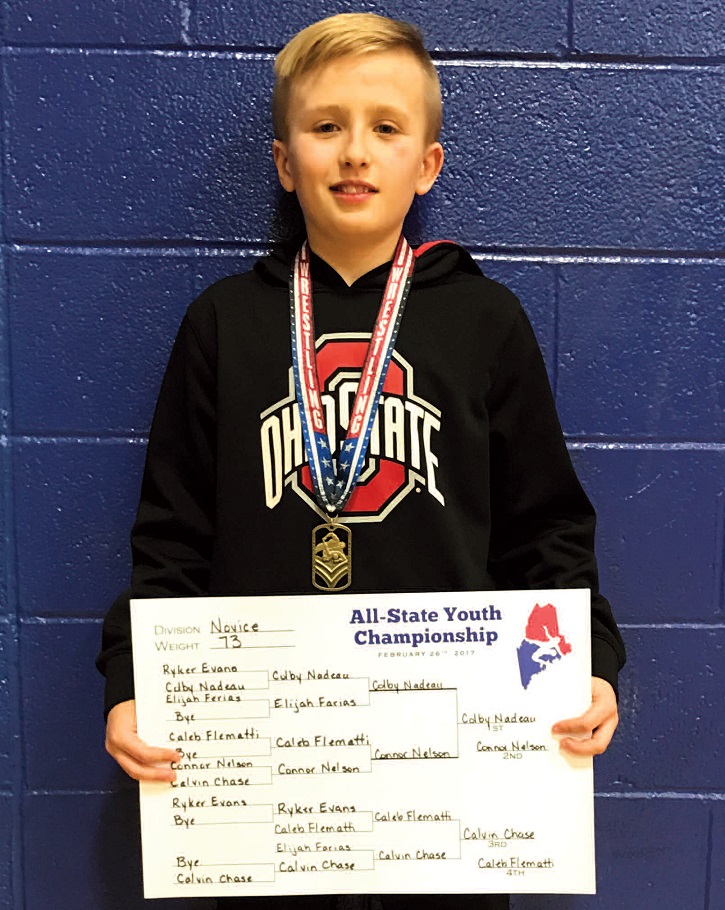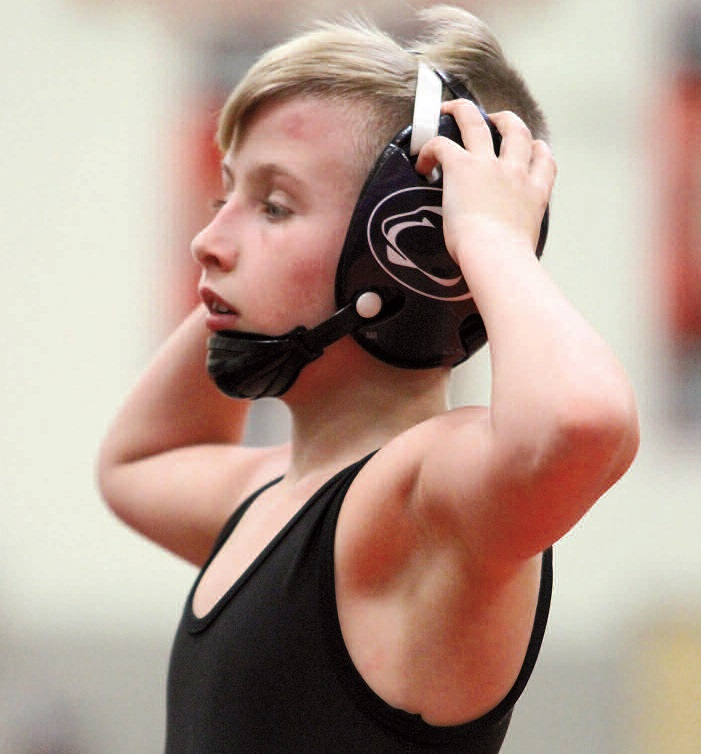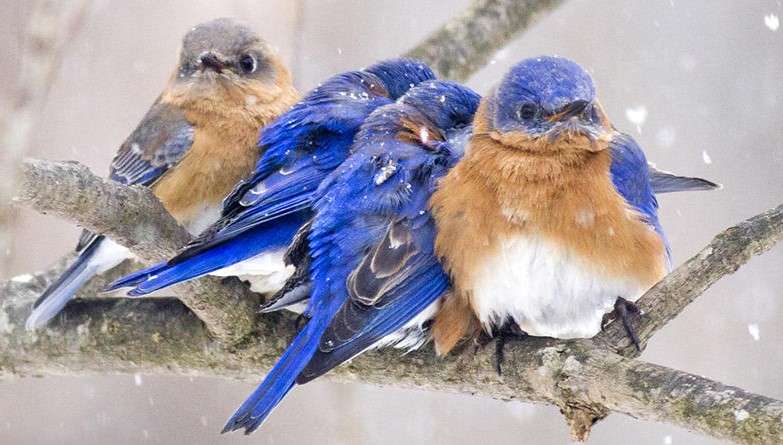Planners to discuss possible land use changes
by Mary Grow
China Planning Board members intend to spend the first half hour of their next several meetings talking about possible changes in town land use ordinances and board procedures, and to begin hearing applications at 7 p.m.
The board meets at 6:30 p.m. the second and fourth Tuesday of each month, with the next meeting scheduled for March 14.
At their Feb. 28 meeting, members discussed potential topics for their workshop-type discussions, including the board’s mission and responsibilities; the criteria for granting conditional use permits for new businesses; and the standards for measuring compliance with the criteria.
When Tom Michaud proposed adding teeth to the ordinance by, for example, setting specific noise limits for a business, Milton Dudley expressed a preference for minimal rules aimed at issues like protecting water quality in China Lake. Chairman James Wilkens added the need to protect everyone’s peaceful enjoyment of his or her property, citing references in the current ordinance to protection from noise, odors, dust, glare and other annoyances.
Michaud and Wilkens both live near Parris and Catherine Varney, whose controversial application to use their barn commercially for wedding receptions and similar events is now before Superior Court.
Codes Officer Paul Mitnik wants an ordinance that has measurable standards that he can enforce.
Board members said that in the fiscal year covered in the pending town report, they reviewed 13 permit applications and approved 12, contrary to what they believe is a public perception that the board never lets anyone do anything.
The other topic discussed briefly at the Feb. 28 meeting was the March 25 town meeting. The planning board is presenting again the proposed Land Development Code amendments that voters rejected in November, this time as 10 separate questions.
Wilkens said people ask him why they’re being asked to vote again on the same things. Mitnik said some of the changes are required by the state.
Board member Tom Miragliuolo said splitting the question into 10 parts was a significant change.
The board voted unanimously to recommend that voters approve the amendments, which appear as articles 46 through 55 in the March 25 town meeting warrant.








